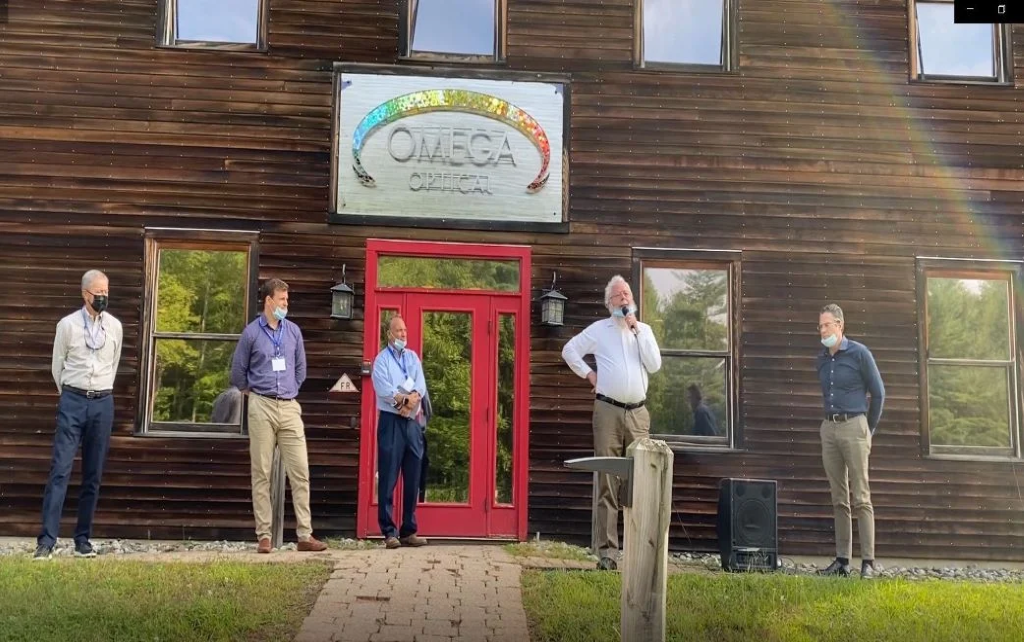
-
Engineering Tomorrow: McDanel Optics For High-Performance Glass & Sapphire Solutions
Artemis industrial tech portfolio companies specialize in embedded technologies...
-
Engineering Tomorrow: McDanel Advanced Material Technologies
Artemis industrial tech portfolio companies specialize in embedded technologies...
-
Artemis Announces Promotion of Lukas Buckley
Artemis is proud to announce the promotion of Lukas Buckley to Vice President. Lukas has...


